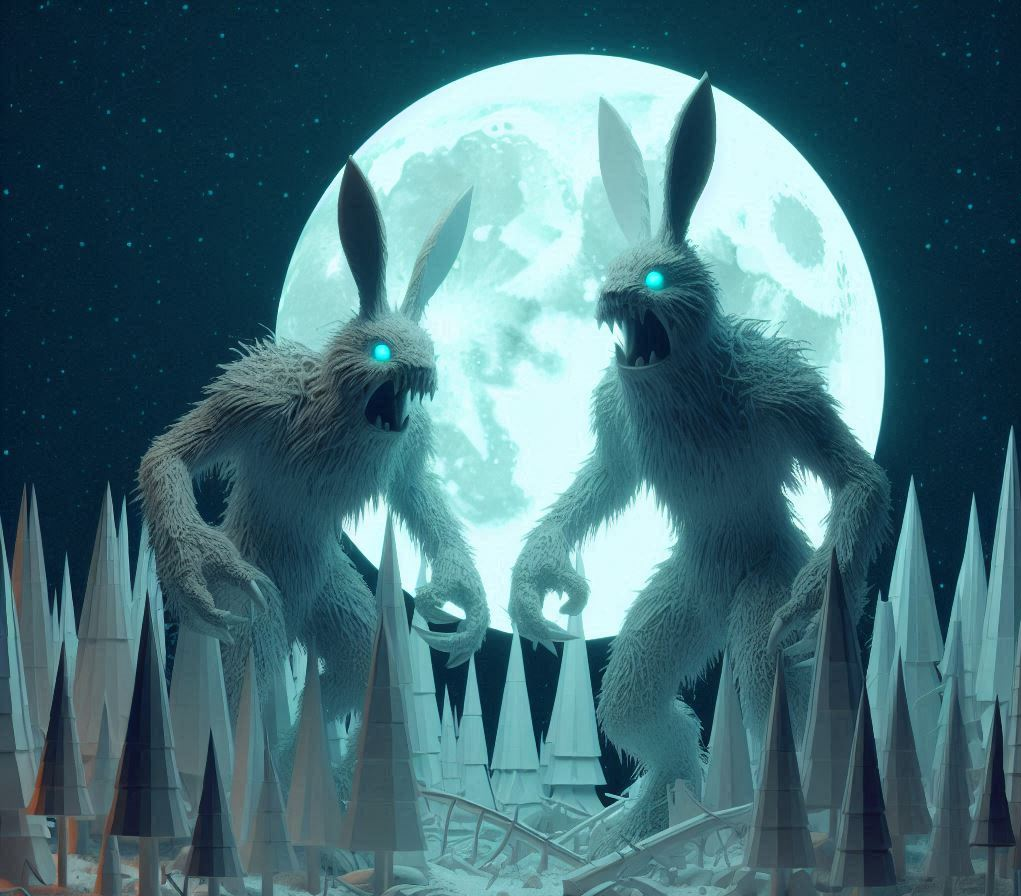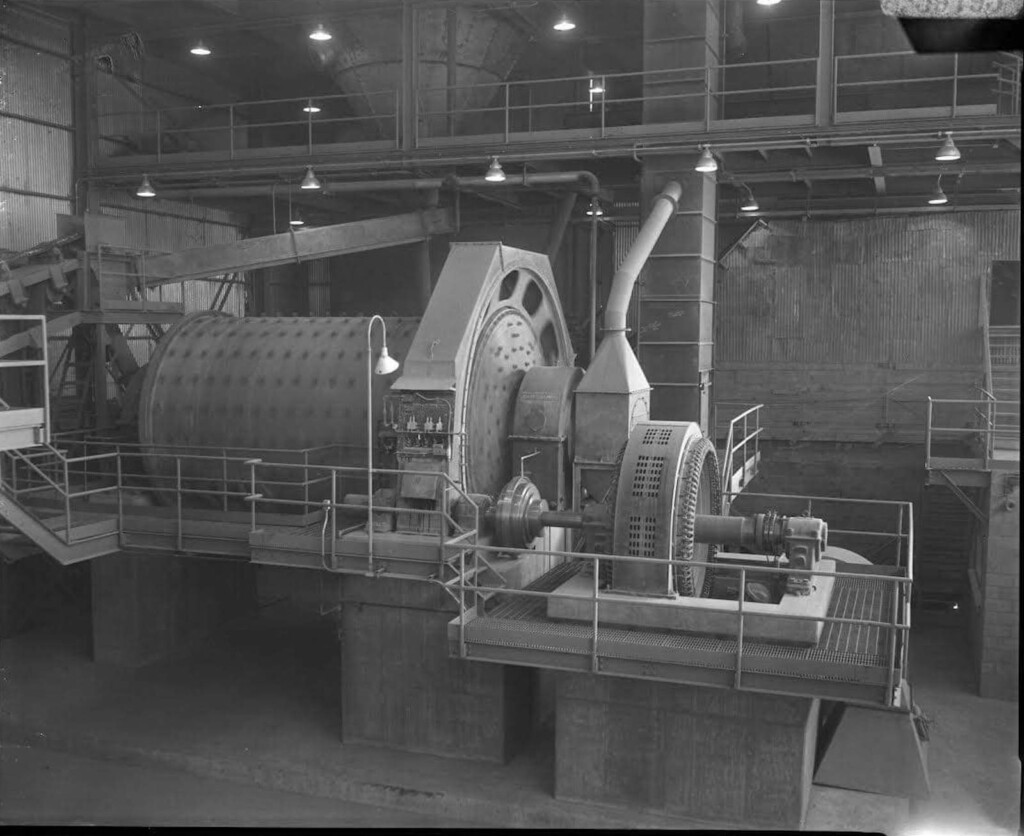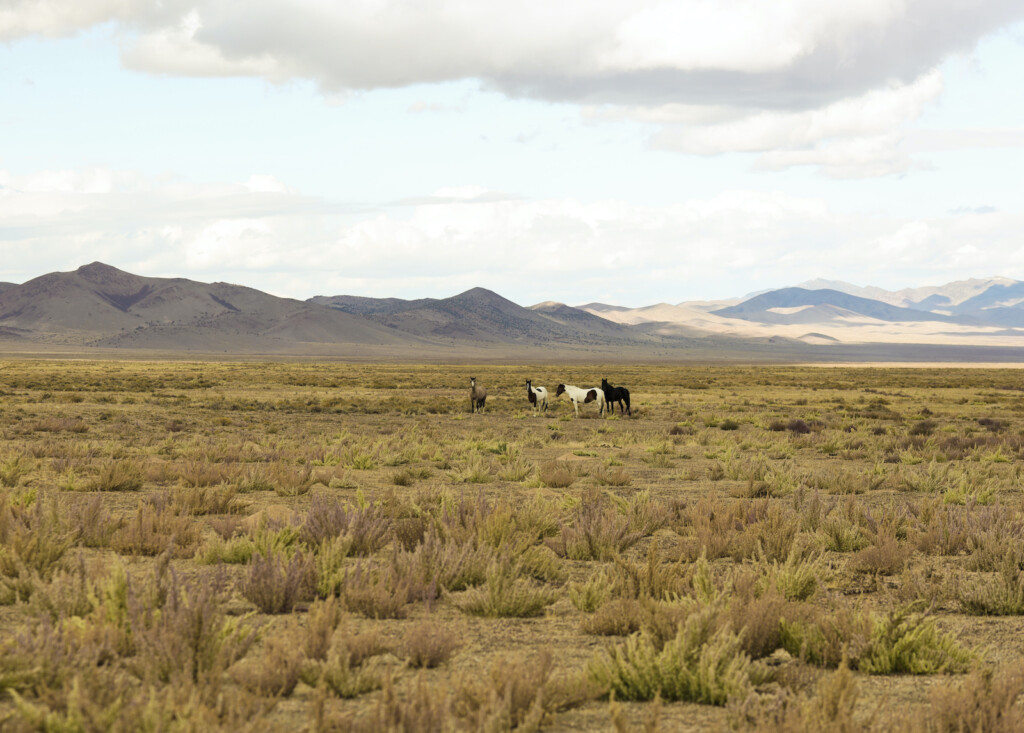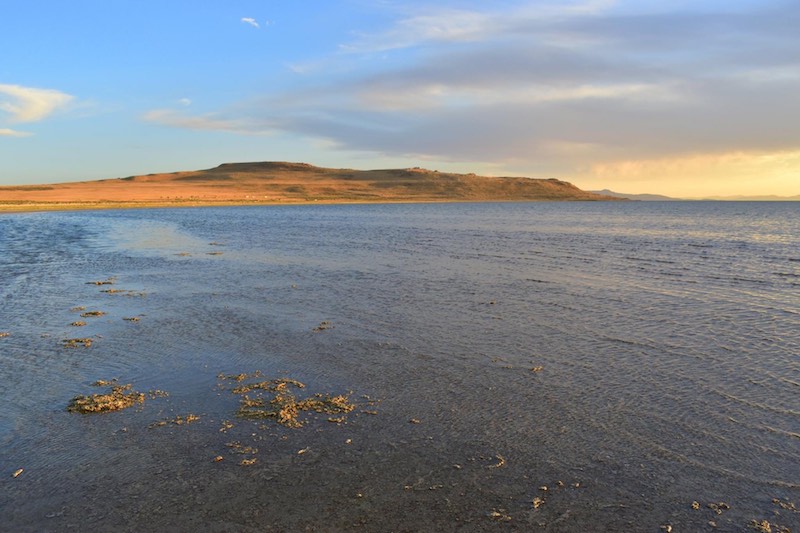
MONSTERS, GHOSTS, CURSES, AND MORE…DEEP MYSTERIES OF A SHALLOW LAKE
Abandoned places have a special allure, as if calling out to tourists, paranormal experts, and scientists alike.
The Great Salt Lake is one of the most unique places on the planet. As the largest saltwater lake in the western hemisphere, and seven times saltier than the ocean, it’s hard to miss on a map, yet it remains one of Utah’s best-kept secrets. It’s where a gravedigger, a haunted building, and a monster all find their place within a desert landscape, complete with sea monkeys.
Of course, we all know there is no such thing as a sea monkey, and yet these tiny creatures ― some no bigger than a pinhead, and properly known as brine shrimp ― hold the mystery of life within them. The skin lining on their stomach and gills allows them to control how much salt enters their bodies better than any other organism in the world.
Brine shrimp are both ovoviviparous and oviparous, meaning that their eggs hatch within the uterus, producing live young, and they can give birth to eggs which hatch outside the body. They also can create a hard walled shell around their embryo that can dry up, be stagnant for thousands of years, and hatch after a good soak in some water. Voila! Brine shrimp! They are a true organic time capsule.
The Great Salt Lake is the largest body of water west of the Mississippi River, covering approximately 1,700 square miles with a maximum depth of 33 feet. It is large enough to create its own weather patterns, dangerous storms, and sometimes inhospitable conditions, all of which have created a barrage of mysteries, folklore, and legends since the first white settlers arrived in the Valley of the Great Salt Lake in 1847.
So, could the lake be home to a monster? Well, that is exactly what a group of men, who worked for Barnes and Company Salt Works, thought on a warm July evening in 1877. They reported seeing a huge creature with a crocodile-like body and the head of a horse in the waters of the Great Salt Lake. It was said to make a “fearsome bellowing noise” as it charged the group of men who ran up a nearby hillside and hid until the morning light. The next day, when they returned to the area, they found large overturned rocks and the ground along the shoreline was torn up.
These men weren’t the only ones to claim that there was a monster in the lake. A man known as Brother Bainbridge claims to have seen a monster with a dolphin swimming in the lake near Antelope Island in the 1840s, and early Native Americans tell stories of water babies (mermaids that sounded like crying babies) luring their victims to the water, only to be captured and dragged down into the depths of the lake, never to be seen again.
John Baptise, an immigrant who drifted into Salt Lake City one day in the late 1850s, found work as a gravedigger. Twelve years later, in 1862, concerns rose about the body of a deceased man, Moroni Clawson, which eventually led investigators to John Baptise. It was soon discovered that the gravedigger had been stealing clothes and jewelry from the bodies he was charged to bury. He was later convicted on 300 counts of desecrating graves. Mormons believed that their loved ones would be resurrected on judgment day wearing the very clothes they were buried in, making this loathsome crime an unthinkable act and fueling public outrage.
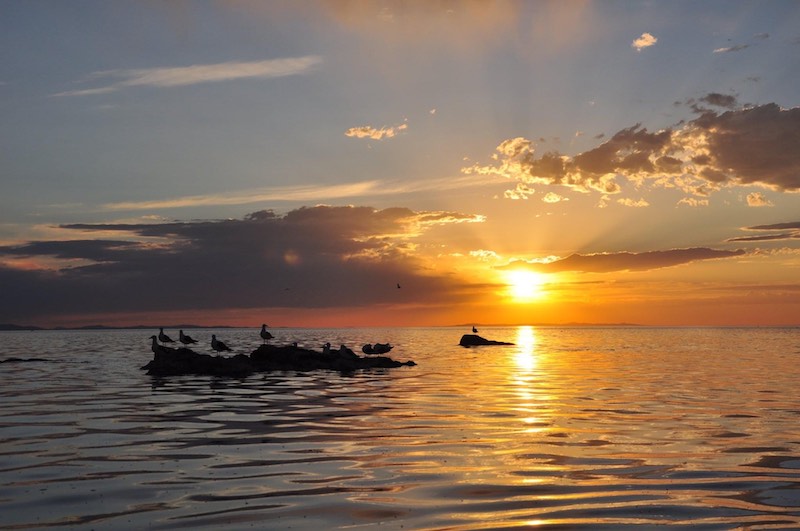
The public believed that his offense deserved an especially cruel punishment, but it wasn’t bad enough for life imprisonment or hanging. Instead, territorial authorities exiled Baptiste, who was taken to Fremont Island by rowboat and left to die on the inhospitable, exposed island, all alone.
When authorities went to the island to check on Baptise several weeks later, they discovered that he had escaped. It is assumed that he dismantled a small shack on the island, built a raft, and floated to freedom. But years later, hunters found a skeleton still shackled in leg irons, and some say these were the bones of Baptiste, but nobody knows if he was shackled when he was left on Fremont Island, fueling speculation that he had escaped and was alive and free. But if the skeleton wasn’t Baptiste, who was it?
In 2020, Fremont Island was donated by a private donor to the State of Utah, Division of Forestry, Fire & State Lands, and although the island is managed as public, the Nature Conservancy holds a conservation easement designed to protect the land from development or damage. It is open to the public, yet is only accessible by boat or plane.
The original Saltair resort, once known as the Coney Island of the west, succumbed to fire and the ravages of time. It was one of the first amusement parks in America, becoming the most popular family destination in the west before burning to the ground three times in 128 years.
A new and smaller version of the classic resort was built in the 1980s. It sat underwater during the high flood years of that decade, which destroyed the expensive wooden dance floor. It went unused for years before its renovation and revival as a concert hall. The building itself has had its share of misfortune, disaster, and even death, but is it haunted?
Many believe that the property is haunted by Saltair Sally, a woman whose partially decomposed body was found by duck hunters in the fall of 2000. It wasn’t until 2012 that DNA testing revealed Sally’s true identity. She was Nikole Bakoles, a 20-year-old mother who police say was a homicide victim. Utah’s Cold Case Coalition has tips on Nikole’s case and hopes to bring her killer to justice.
The Travel Channel’s Ghost AdventuresTeam, hosted by Zak Bagans, recently filmed with his crew at the mysterious Saltair and suggests “that the surrounding land is cursed, amplifying the hostile paranormal energy found there. During their investigation, the team is said to have been plagued by intense physical afflictions, disembodied voices, and unexplained figures along with an array of frightening anomalies.”
The Great Salt Lake is an incredible, ever-changing and unique body of water with a salty history, and every visit to the Great Salt Lake begs a hundred more questions.
The new Saltair is now used as a venue for concerts, luring tourists and concertgoers through its doors. There are no water-babies or monsters except in books, and the Great Salt Lake is approaching a record-breaking low ― leaving more mysteries to be found along the shorelines of the Great Salt Lake, including several shipwrecks.
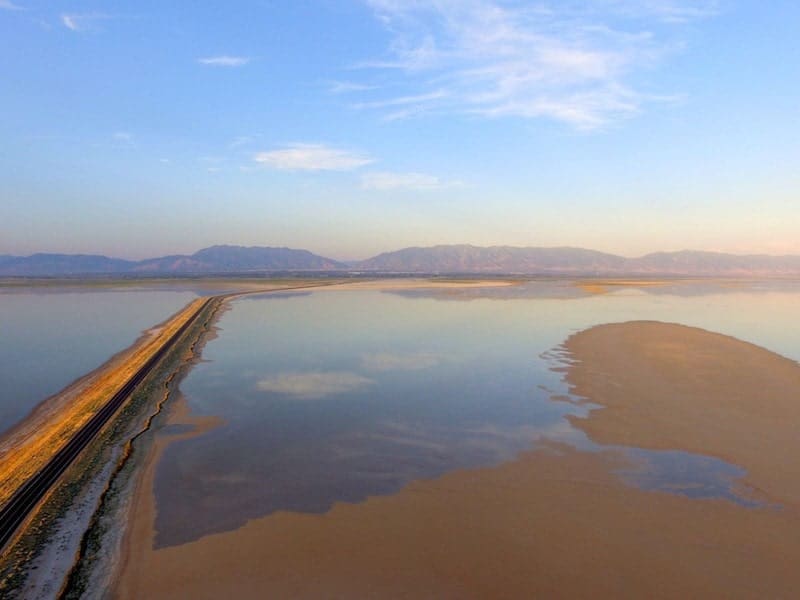
Equally mysterious is what will happen when the microbialite beds dry up this summer as the lake reaches its lowest level in recorded history. Microbialites are living rocks. “They start as squishy mats of photosynthetic microbes and cyanobacteria, trapping sediment and binding it to their mat. They are also able to create calcium carbonate from the minerals in the lake ― the same material seashells are made of ― and add it to their home. Over hundreds of years, microbialites grow layer by layer. The topmost layer is the active one, where microbes, cyanobacteria, algae, and brine fly larvae live.” (Michael Mozdy, 2016, Natural History Museum of Utah website.)
They are mostly out of water now, and by October, when the lake levels are at their lowest (2 feet of water will be lost by then), almost the entire population of microbialites will be out of water. Microbialites are known to die within just a few days of desiccation and take years to re-form.
Why should we care? Because they are at the base of the food chain and all shrimps, flies, and therefore birds will be affected by this for years to come while they recover. This is assuming that the lake rises again. If not, the consequences will be far-reaching and long-lasting for all of us.
MORE ABOUT THE GREAT SALT LAKE
A Brief History of the Great Salt Lake
Destruction of the Great Salt Lake in the Name of Progress
Where Lies the Grave Robber
Subscribe to Utah Stories weekly newsletter and get our stories directly to your inbox


